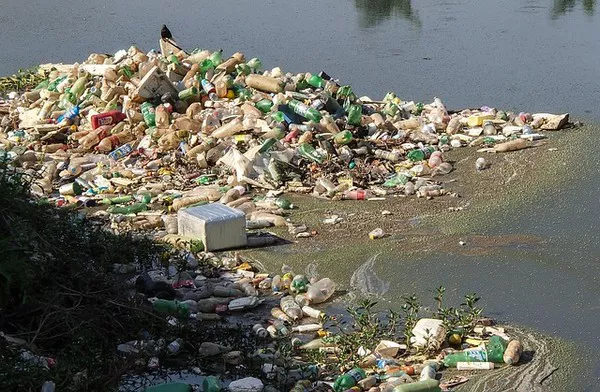Wastewater, whether originating from sewage or agricultural activities, requires careful treatment to ensure its safe disposal and prevent environmental contamination. This comprehensive guide delves into the crucial processes involved in removing pollutants and contaminants from sewage and agricultural wastewater, highlighting the vital steps in preserving water quality and ecological balance.
1. Suspended Solids: Settling for Clarity
Suspended solids, comprising particles such as dirt, organic matter, and debris, are a common component of sewage and agricultural wastewater. The first step in effective wastewater treatment involves sedimentation and settling processes. These processes allow suspended solids to gradually settle at the bottom of treatment tanks, forming sludge that can be removed and further processed.
2. Biological Contaminants: Harnessing Microbial Power
Biological contaminants, including pathogens and disease-causing microorganisms, pose a significant risk to public health and the environment. Wastewater treatment plants employ biological treatment methods, such as activated sludge processes or trickling filters. These systems utilize beneficial microorganisms to break down and digest organic matter, neutralizing harmful pathogens and reducing their impact.
3. Nutrient Removal: Balancing the Ecosystem
Agricultural wastewater often contains excessive nutrients, such as nitrogen and phosphorus, that can lead to water body eutrophication and harmful algal blooms. Advanced treatment processes, like biological nutrient removal and chemical precipitation, are employed to reduce nutrient concentrations in wastewater. These methods promote balanced nutrient levels, preventing the disruption of aquatic ecosystems.
4. Chemical Pollutants: Precipitating Impurities
Chemical pollutants, including heavy metals and hazardous substances, require specialized treatment to prevent their release into the environment. Coagulation and flocculation processes are used to induce the aggregation of fine particles, aiding their separation from the water. Additionally, advanced oxidation processes, such as ultraviolet (UV) or ozone treatment, help degrade and neutralize chemical contaminants.
5. Residual Organics: Aiming for Purity
Residual organic compounds, such as dissolved organic matter and synthetic chemicals, are often present in wastewater. Advanced treatment methods, like activated carbon adsorption and membrane filtration, effectively remove these compounds, ensuring that the treated water meets stringent quality standards before being discharged or reused.
6. Sustainable Agriculture: Tailoring Treatment
Agricultural wastewater requires tailored treatment strategies to address specific pollutants associated with farming practices. These can include the removal of pesticides, herbicides, and agricultural runoff. Constructed wetlands, which mimic natural ecosystems, are employed to promote biofiltration and the degradation of agricultural pollutants.
7. Sludge Management: Closing the Loop
The sludge generated during wastewater treatment contains concentrated pollutants and must be managed appropriately. Treatment facilities employ techniques such as anaerobic digestion and dewatering to reduce sludge volume and convert it into a more manageable form. This treated sludge can be repurposed as biosolids for agricultural or energy-generation purposes.
8. Monitoring and Compliance: Ensuring Effectiveness
Throughout the wastewater treatment process, rigorous monitoring and compliance measures are essential to validate the effectiveness of removal processes. Regular sampling, analysis, and adherence to regulatory standards ensure that treated wastewater meets the required quality parameters before it is discharged or reused.
In conclusion
The removal of pollutants from sewage and agricultural wastewater is a multi-faceted endeavor that involves a combination of physical, biological, and chemical processes. By addressing suspended solids, biological contaminants, nutrient overload, chemical pollutants, residual organics, and specific agricultural pollutants, wastewater treatment facilities play a critical role in safeguarding water resources and ecosystems. The convergence of science, technology, and environmental stewardship in wastewater treatment underscores the commitment to preserving the purity and vitality of our most precious resource—water.

